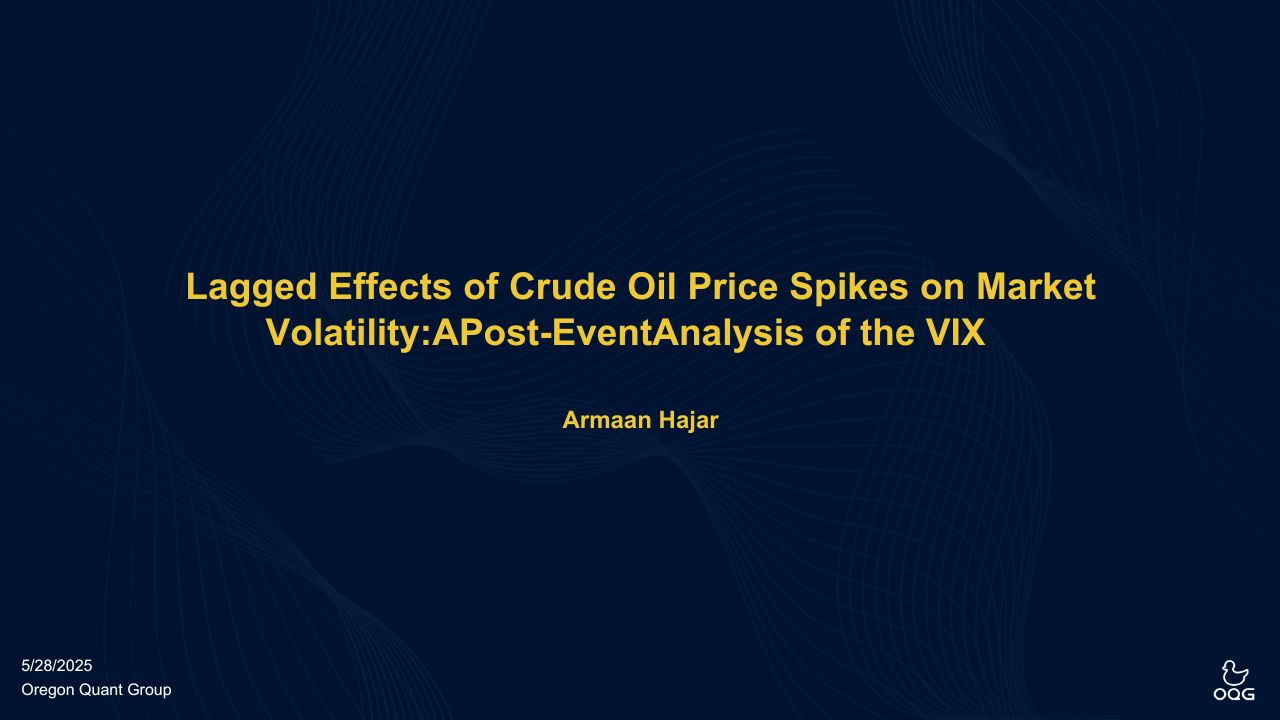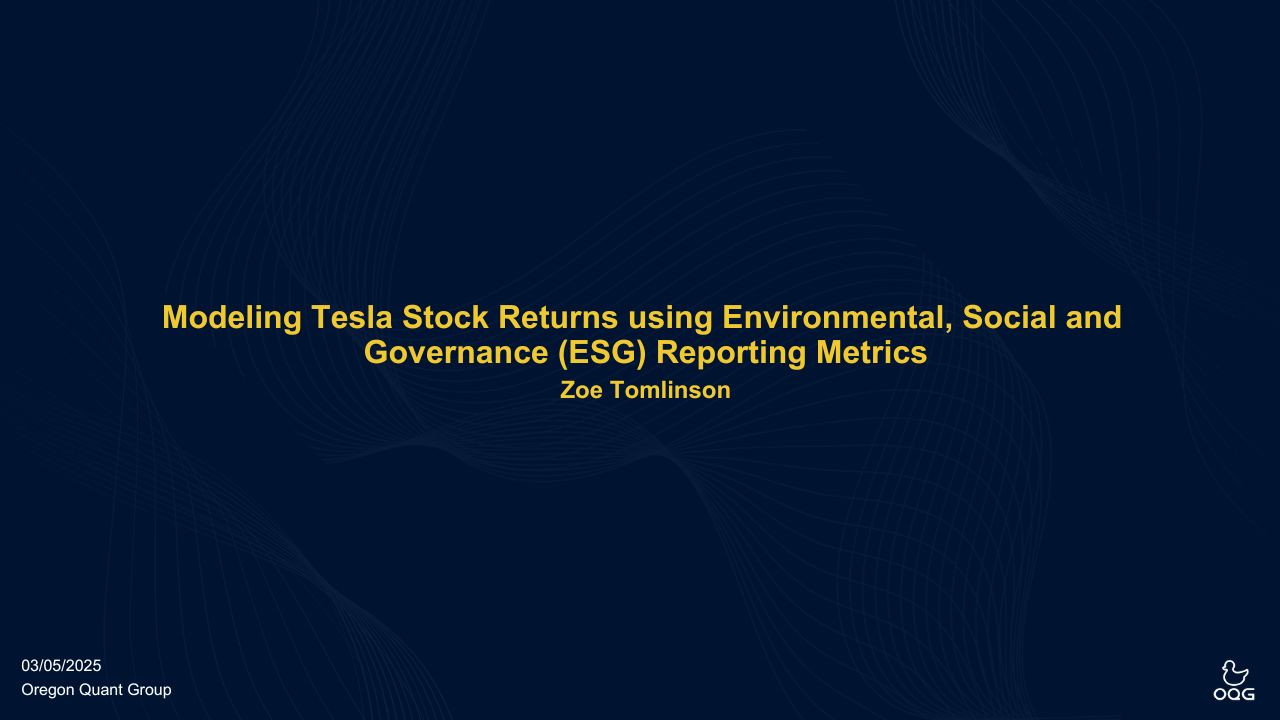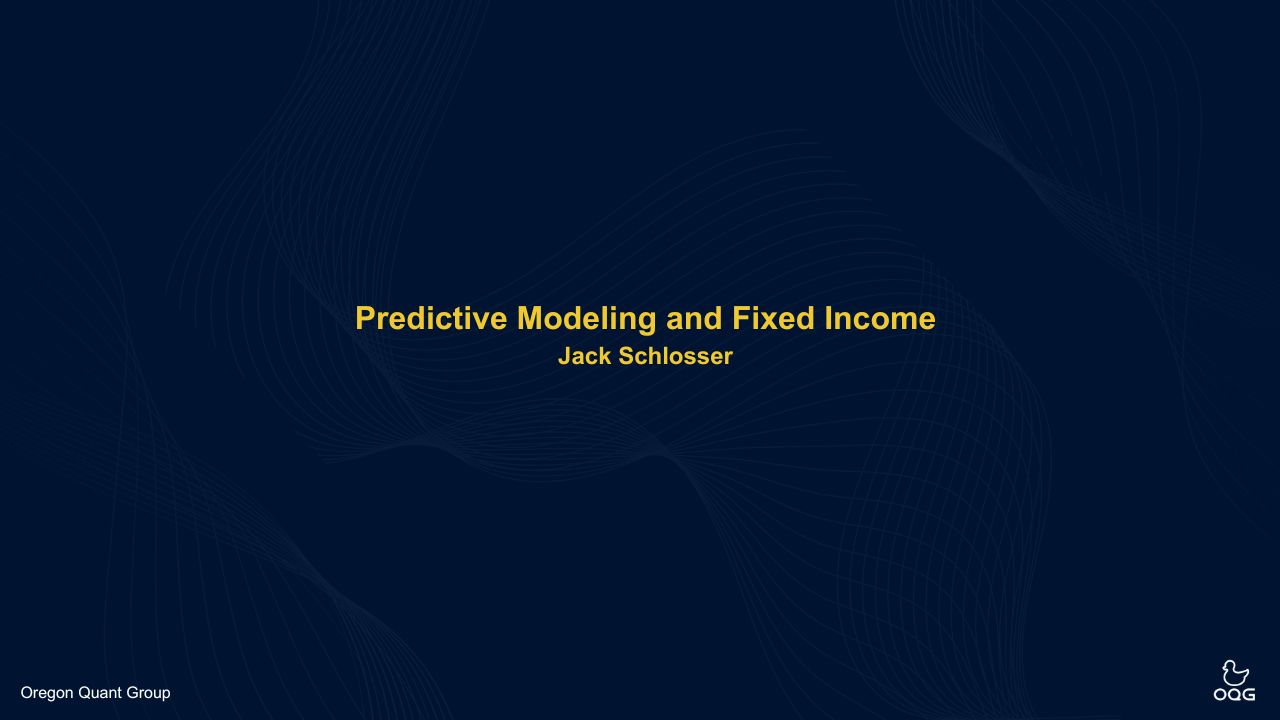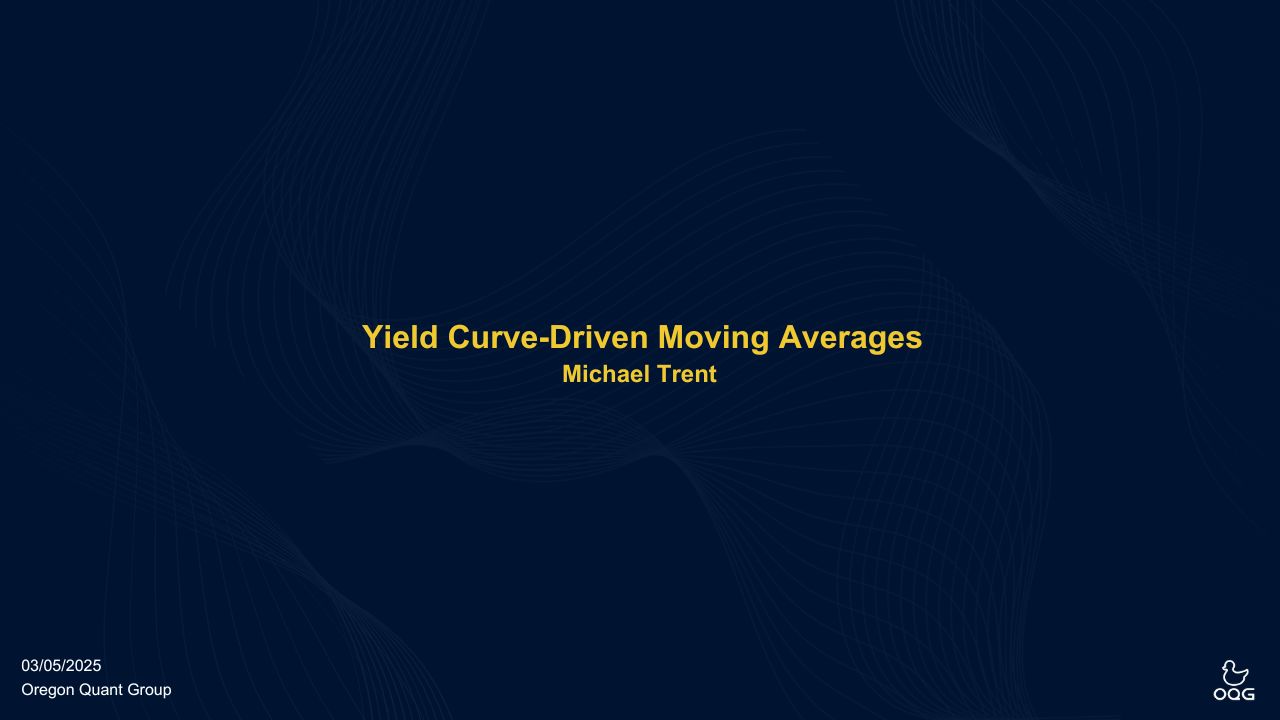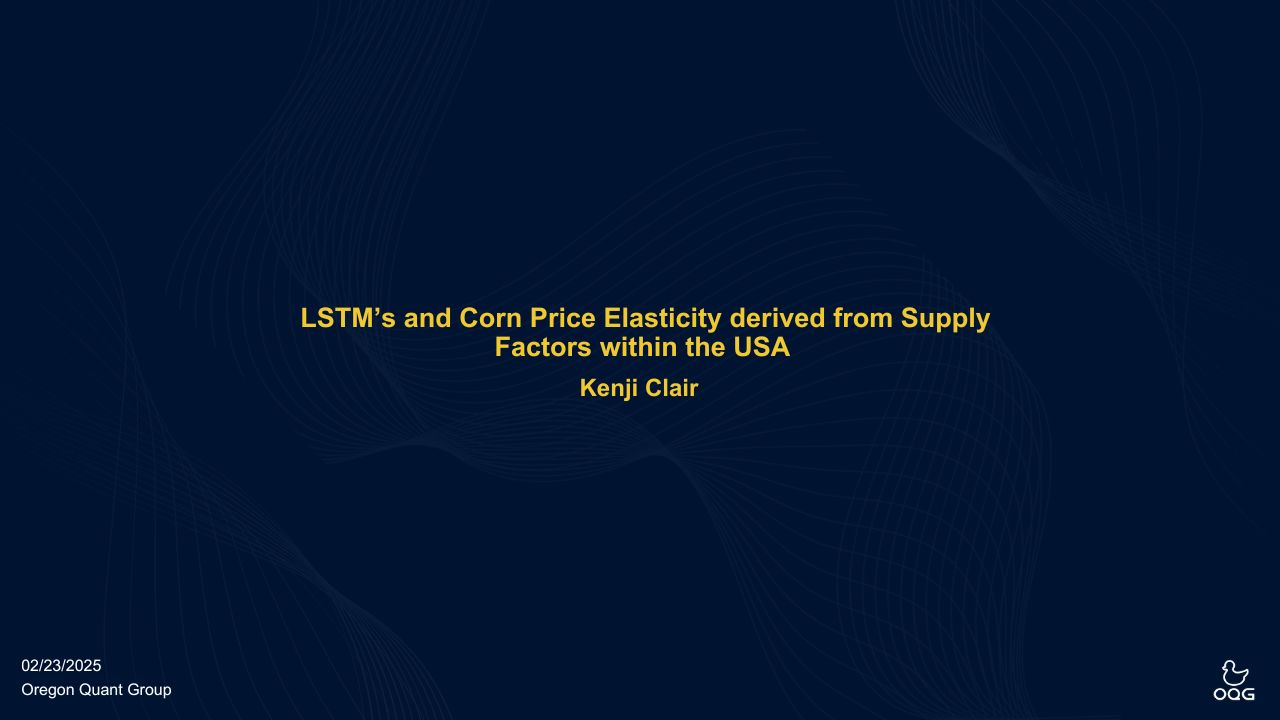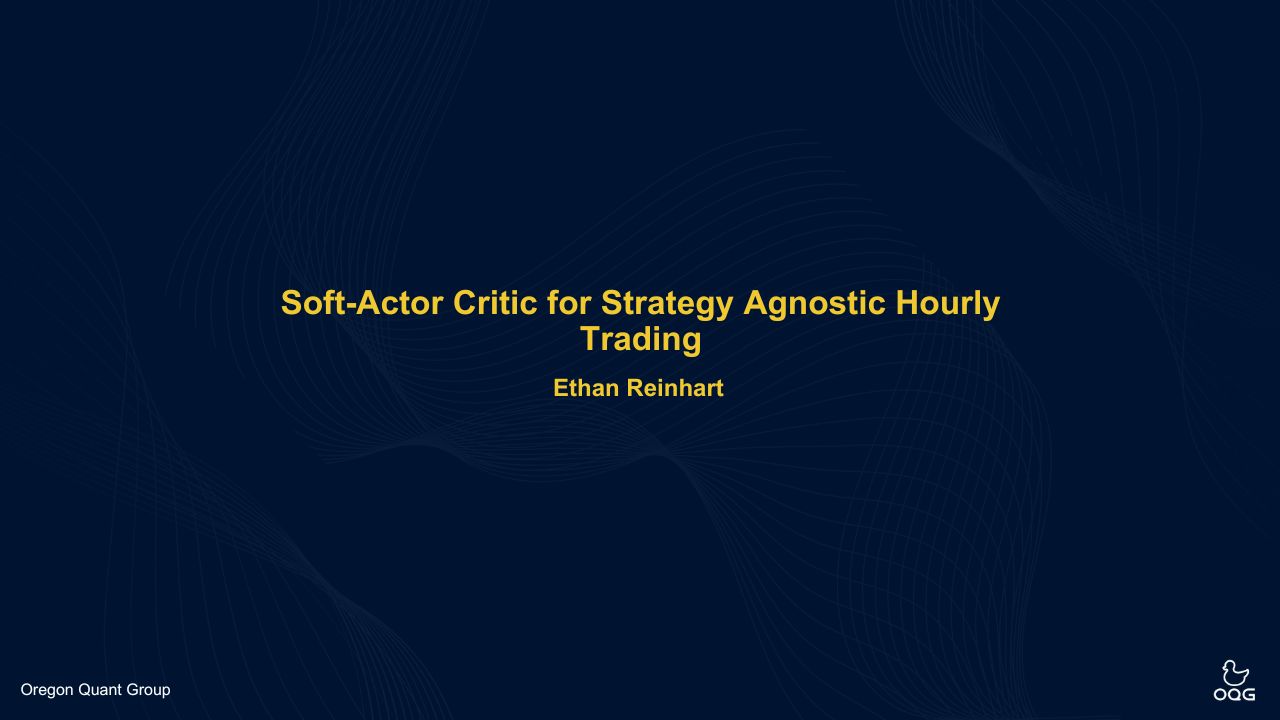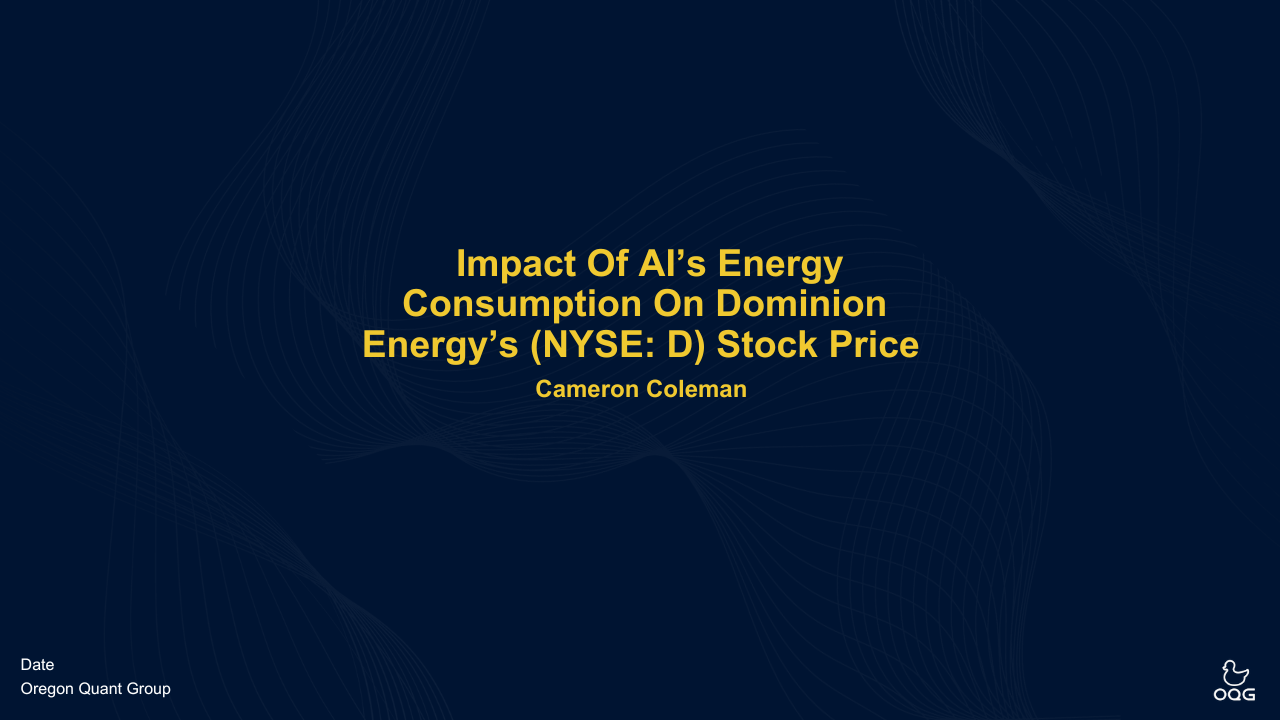Research
Event-Driven Trading Strategy
Armaan’s project explores how spikes in crude oil prices affect future market volatility (VIX). By tracking oil shocks and VIX movements over 90 days, his analysis highlights potential lagged effects that can help traders and risk managers anticipate market uncertainty.
NASA Satellite Data Trading Strategy
Matthew’s project uses satellite land surface temperature data to predict heating oil price movements. By combining machine learning models with anomaly-based trading rules, he tests whether temperature shocks can signal profitable opportunities. His results show that a z-score anomaly strategy outperforms traditional models, offering valuable insights for energy trading and risk management.
Predictive Modeling Using ESG Metrics
Zoe’s project models Tesla’s stock returns using ESG (Environmental, Social, and Governance) metrics. By cleaning a dataset of 500 indicators and applying ridge regression, she identified eight key predictors linking sustainability factors to market performance. Her work highlights the role of socially responsible investing in shaping stock behavior and sets the stage for broader applications across EV and renewable energy companies.
Data-Driven Strategies in Fixed Income
Jack’s project applies machine learning to fixed income markets, using macroeconomic data and the Bloomberg Aggregate Index (AGG) to predict volatility. By turning volatility forecasts into trading signals, his strategy achieved a 21.8% total return versus 1.9% for the AGG, highlighting the potential of predictive modeling to generate alpha in bonds.
Event-Driven Trading Strategy
Michael’s project integrates yield curve signals into moving average trading strategies. By adjusting exposure during yield curve inversions, he tested whether macroeconomic indicators could enhance technical analysis. While the strategy reduced risk, it also became overly conservative, suppressing returns. His findings show that merging macro signals with trend-following tools has potential, but requires refinement to balance caution with capturing momentum.
Event-Driven Trading Strategy
Kenji’s project applies LSTM neural networks to predict U.S. corn prices using weather and supply data from major producing states. His model achieved strong accuracy with low error, highlighting the potential of deep learning for commodity forecasting and agricultural finance applications.
Data-Driven Strategies in Fixed Income
Ethan’s project develops a reinforcement learning trading agent using the Soft-Actor Critic algorithm on hourly stock data. By combining autocorrelation features, engineered signals, and reward shaping, his agent achieved positive returns and outperformed a passive portfolio in testing. The work highlights the challenges of efficient markets while showing promise for adaptive AI-driven trading strategies.
AI Infrastructure and Energy Market Dynamics
Cameron’s project analyzes how rising AI energy demand affects Dominion Energy’s stock price. Using regression and event studies, he finds a strong inverse relationship between energy usage and returns, with major data center announcements and infrastructure investments driving short-term price movements. His findings highlight the importance of sustainable energy strategies in the AI era.
KEY MILESTONES
Our timeline highlights important moments and achievements that have shaped our group’s journey. Each milestone reflects our commitment to growth and learning, showcasing our collaborative efforts in the field of quantitative finance.
February 22, 2022
Kenji Clair & Matthew Lertsmitivanta founded the Oregon Quant Group, recruited Jocelyn Guan & Koa Castillo as Founding Members.
September 29, 2022
Welcomed new members during our annual orientation event, fostering a strong community spirit.

